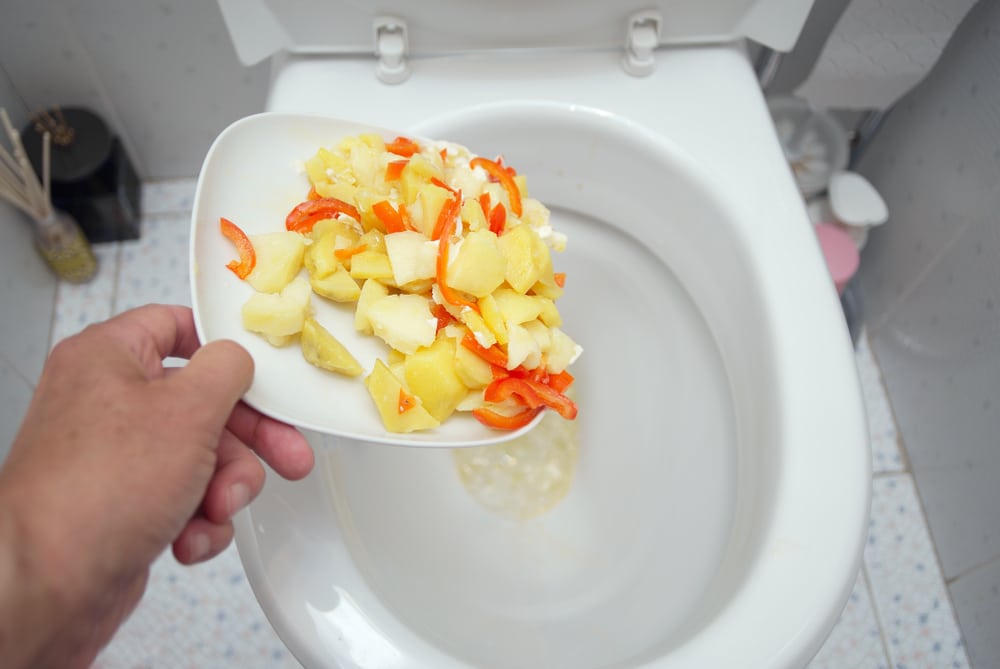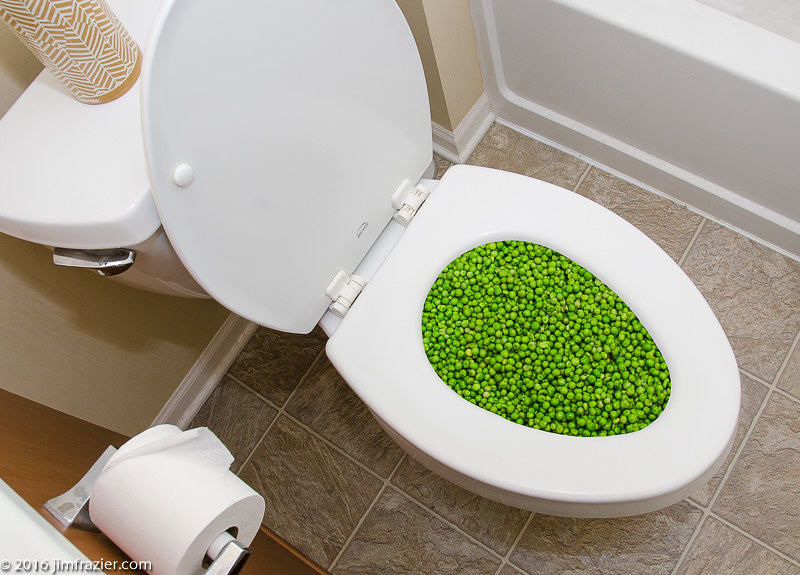Is it Safe to Dispose of Food Waste in the Toilet?
Is it Safe to Dispose of Food Waste in the Toilet?
Blog Article
Right here further down you will discover more high-quality expertise concerning Think Twice Before Flushing Food Down Your Toilet.

Intro
Many people are commonly faced with the issue of what to do with food waste, especially when it comes to leftovers or scraps. One typical concern that develops is whether it's okay to purge food down the bathroom. In this article, we'll explore the reasons why people might take into consideration purging food, the consequences of doing so, and different approaches for appropriate disposal.
Reasons that individuals may think about flushing food
Lack of recognition
Some people may not recognize the prospective damage caused by purging food down the toilet. They may erroneously think that it's a safe practice.
Ease
Flushing food down the toilet may appear like a fast and easy solution to getting rid of unwanted scraps, particularly when there's no neighboring garbage can offered.
Negligence
Sometimes, people may merely pick to flush food out of large idleness, without taking into consideration the effects of their activities.
Repercussions of flushing food down the bathroom
Environmental influence
Food waste that winds up in waterways can add to contamination and harm marine ecological communities. Furthermore, the water used to purge food can strain water sources.
Plumbing issues
Flushing food can lead to stopped up pipelines and drains pipes, causing expensive pipes repairs and troubles.
Types of food that ought to not be purged
Coarse foods
Foods with coarse textures such as celery or corn husks can get entangled in pipes and create obstructions.
Starchy foods
Starchy foods like pasta and rice can absorb water and swell, leading to blockages in pipes.
Oils and fats
Greasy foods like bacon or cooking oils must never ever be purged down the bathroom as they can strengthen and trigger obstructions.
Appropriate disposal methods for food waste
Using a garbage disposal
For homes equipped with garbage disposals, food scraps can be ground up and purged via the pipes system. Nevertheless, not all foods appropriate for disposal in this manner.
Recycling
Particular food product packaging materials can be recycled, minimizing waste and decreasing ecological effect.
Composting
Composting is an eco-friendly way to get rid of food waste. Organic materials can be composted and made use of to enhance dirt for horticulture.
The value of proper waste monitoring
Minimizing ecological damage
Correct waste management methods, such as composting and recycling, help lessen air pollution and preserve natural deposits for future generations.
Protecting plumbing systems
By preventing the technique of flushing food down the toilet, house owners can protect against costly plumbing repair work and preserve the integrity of their pipes systems.
Final thought
To conclude, while it may be appealing to flush food down the bathroom for ease, it is essential to comprehend the prospective repercussions of this action. By adopting proper waste monitoring techniques and getting rid of food waste responsibly, people can add to healthier plumbing systems and a cleaner setting for all.
FLUSH FOOD DOWN THE TOILET?
FLUSHING FOOD CAN CAUSE BLOCKED DRAINS IN YOUR HOME
All of the plumbing fixtures in your home are connected to the same sewer pipe outside of your home. This outdoor sewer pipe is responsible for transporting all the wastewater from your home to the Council sewer mains. Even small pieces of food that go down the kitchen sink can cause problems for your sewer. It should therefore be obvious that flushing larger bits of food, such as meat, risks a clog in either the toilet itself or the sewer pipes. Flushing greasy food is even more problematic because oil coagulates when it cools, coating the interior lining of your pipes.
THE TOILET IS NOT A BIN
Food isn’t the only thing that people shouldn’t be flushing down the toilet. People use the toilet to dispose of all kinds of things such as tampons, makeup wipes, dental floss, kitty litter and even underwear. Water goes to great lengths to educate residents about the high costs and stress placed on wastewater treatment systems simply from people flushing the wrong stuff down the toilet. It costs taxpayers millions of dollars each year, and homeowners thousands in blocked drain repairs.
FLUSHING FOOD IS A WASTE OF WATER
Flushing food is a waste of our most precious resource - water. In June this year Level 1 water restrictions were introduced to protect water supply from drought conditions. Much of New South Wales continues to be affected by prolonged drought with recent figures revealing up to 97 per cent of the state remains in drought. Depending on whether you have a single or dual flush toilet, every single flush uses between five and 11 litres of water. In the current climate this is a huge amount of water to be wasting on flushing food that should be placed in the bin (or better yet, the compost).
https://www.jabplumbingsolutions.com.au/blog/can-you-flush-food-down-the-toilet

Do you like reading about ? Give feedback further down. We'd be delighted to listen to your thinking about this blog post. In hopes to see you back again in the near future. Sharing is good. Helping others is fun. Thanks for your time. Return soon.
Contact Us Report this page